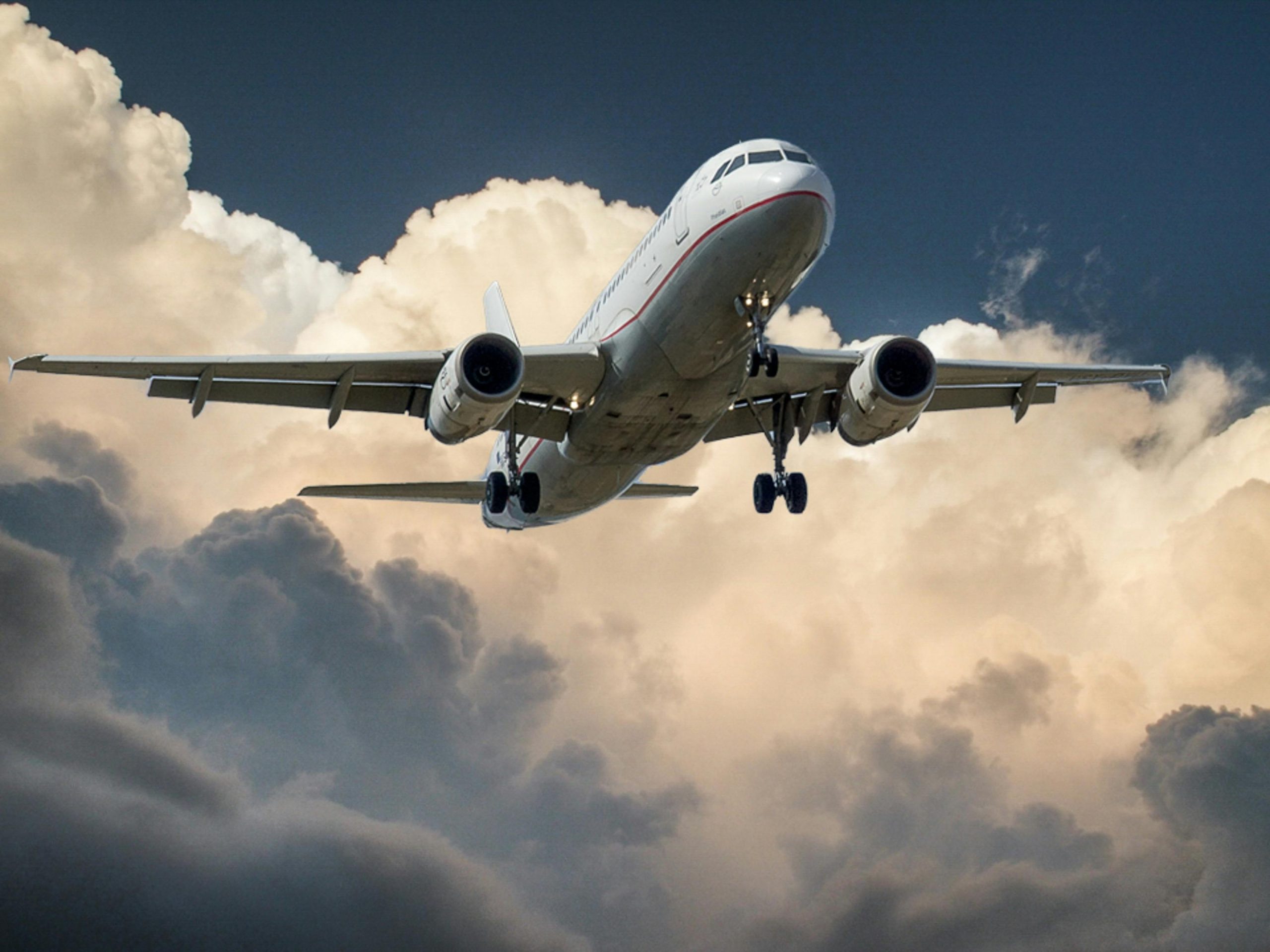The future of flying is electric – technology from Paris points the way

Electric vehicles are gradually conquering the roads, and a similar transformation awaits the airspace. The aviation industry is rapidly approaching electrification, as this year’s Paris Air Show 2025 clearly confirmed.
The world’s largest aerospace trade fair welcomed a record number of exhibitors last week, including those from the Czech Republic. They presented new types of aircraft, power units and unmanned aerial vehicles.
For example, MGM Compro from Zlín impressed with its hybrid engine, which illustrates the current development towards sustainable flying. According to experts, significant changes will come in the next 50 years – whether in the form of fully electric, hydrogen aircraft or completely new design approaches.
Revolution in the air: From high-capacity aircraft to urban taxis
A number of companies and start-ups, such as the Dutch Elysian and the American Wright Electric, are working on electric or hydrogen aircraft projects for tens to hundreds of passengers. Airbus, a leader in this field, has unveiled a new design for its ZEROe hydrogen plane – a machine for more than 100 passengers, with a range of around 1,850 km, which is expected to take off around 2035.
However, smaller electric machines designed for urban mobility – the so-called eVTOL (electric Vertical Take-Off and Landing) flying taxi – are being developed more rapidly. These machines promise quiet, fast and environmentally friendly transport around cities. Airbus has suspended its development due to technological limits, but other companies are continuing to work on the development.
Autonomous flying today
US company Wisk Aero has unveiled the Generation 6, a four-seat flying taxi that operates fully autonomously. The aircraft can cover a route of up to 144 km at speeds of almost 190 km/h and takes just 15 minutes to recharge its batteries. The company has entered into a five-year partnership with NASA to prepare to operate these machines in US cities before the end of the decade.
A key challenge remains the safe management of urban airspace and building the infrastructure for charging, maintenance and passenger handling.
With a pilot in service soon
Another US firm, Archer Aviation, plans to start operating its eVTOLs as early as next year – first in the UAE, where legislation is more accommodating. Its Midnight model can seat four passengers, can fly 160km at speeds of up to 200km/h and is pilot-controlled, which simplifies certification.
Company boss Adam Goldstein likens today’s situation to the historic launch of the Boeing 737: ‘We are at the very beginning of a new era that will have a huge impact.’
The simplicity of electric motors with minimal moving parts brings lower costs and accessibility to a wider audience, not just the elite.
A market worth hundreds of billions of dollars
The first contracts were even concluded at the Paris Air Show. Brazil’s Eve Air Mobility, a subsidiary of Embraer, has signed a contract to deliver 50 eVTOL machines for São Paulo’s urban transport starting in 2027.
By 2045, up to 30,000 eVTOLs are forecast to be in service, carrying three billion passengers a year and generating sales of around $280 billion. Flying taxis could thus transform urban mobility – reducing the typical two-hour car journey to just 20 minutes.
Photo source: www.pexels.com
Author of this article
WAS THIS ARTICLE HELPFUL?
Support us to keep up the good work and to provide you even better content. Your donations will be used to help students get access to quality content for free and pay our contributors’ salaries, who work hard to create this website content! Thank you for all your support!





OR CONTINUE READING